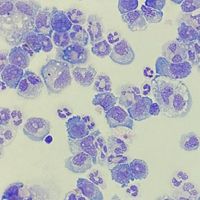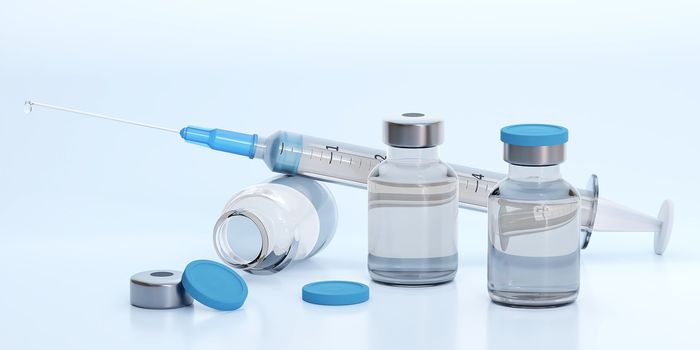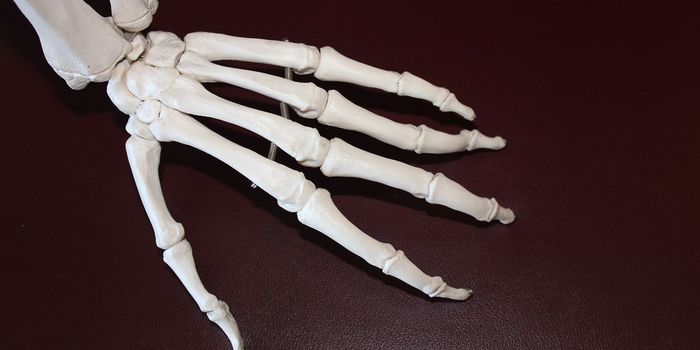Gel Improves Insulin Secretion in Pancreatitis Patients
Pancreatitis is inflammation of the pancreas – an organ in the body primarily responsible for secreting insulin to regulate blood sugar and enzyme production to properly breakdown and digest nutrients. Pancreatitis can be more short-term (acute) or long-term (chronic) with lasting effects on the body. Acute pancreatitis can resolve itself on its own, but more serious cases require intervention to avoid any life-threatening complications. Chronic pancreatitis can cause severe abdominal pain, diabetes, and malabsorption. It has been associated with a greater risk of pancreatic cancer, but only about 2% of pancreatitis cases result in cancer. Symptoms of acute pancreatitis include abdominal pain, tender pain that radiates to the back, fever, upset stomach, vomiting, and increased pulse. Alternatively, chronic pancreatitis symptoms include the previously mentioned pain with the addition of belly pain after eating, significant weight loss, and irregular bowl movements. There are many different treatments for pancreatitis to manage these adverse side effects, including increased water intake, pain relief medications, antibiotics, mild low-fat diet with clear liquids, autologous islet cell transplant, and possible insulin therapy. Unfortunately, there is no cure for pancreatitis and the best options are treatments to manage symptoms. Scientists are continually trying to find better treatments to optimize quality of life in patients, specifically with chronic pancreatitis.
Recently, a group of scientists at Northwestern University have developed an antioxidant gel that could provide relief for pancreatitis patients. The article published in Science Advances by Dr. Ameer Guillermo and his team examine a way to retain pancreatic function by implanting specific cells in the stomach area. Guillermo is the Daniel Hale Williams Professor of Biomedical Engineering at Northwestern University McCormick School of Engineering, Professor of Surgery at the Feinberg School of Medicine, and Director of the Center for Advanced Regenerative Engineering.
In cases of severe chronic pancreatitis, surgeons will remove the pancreas and harvest islet cells, which are clusters of cells responsible for insulin secretion to regulate blood-glucose levels. They then place these cells into the liver to continue their function. Unfortunately, most of these cells die in the process and diabetes becomes inevitable for patients. This article demonstrates the benefit of placing these islet cells in the omentum, or the fatty tissue that covers the intestines. Interestingly, these cells are accompanied with a liquid that hardens to a gel when exposed to the body’s internal temperature. This allows the islet cells to adhere to the omentum and not disperse.
Guillermo and others used animal models to successfully demonstrate that this transplantation technique prevented metabolic stress, and inflammation in the islet cells which improved cell viability. This is a major breakthrough in biomedical technology, because it is the first time that a synthetic antioxidant gel has been used to preserve islet function. The gel promotes a supportive environment where these cells can properly regulate blood-glucose levels. The hope is to provide alternative treatments options to patients that would improve quality of life. Prior to this discovery, patients were provided with two options: living with diabetes or chronic pain from pancreatitis. This gel transplantation improves quality of life by offering a third option, which allows patients to have transplanted, functional islet cells that help regulate hormone levels as if the pancreas were intact. Overall, this work drives the field forward and provides hope for patients with chronic pancreatitis.
Article, Science Advances, Ameer Guillermo, Northwestern University McCormick School of Engineering, Feinberg School of Medicine, Center for Advanced Regenerative Engineering








